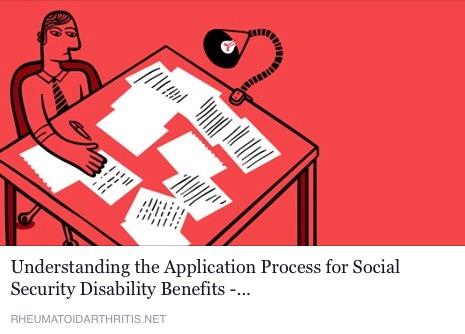Title: “SSDI Application: A Step-by-Step Guide”
Introduction:
Navigating the Social Security Disability Insurance (SSDI) application process can be complex. In this article, we provide the latest insights, lists, guides, and suggestions to help individuals smoothly navigate the application process and increase their chances of securing the benefits they need.
Understanding SSDI Eligibility Criteria:
- Work Credits: SSDI eligibility often requires individuals to have accumulated sufficient work credits through years of employment.
- Medical Eligibility: Meeting the Social Security Administration’s (SSA) definition of disability, which includes a severe and long-term medical condition preventing substantial work activity, is essential.
Step-by-Step Guide to the SSDI Application Process:
- Gather Necessary Documentation: Collect medical records, work history details, and any other relevant documents to support the disability claim.
- Online Application: The SSA encourages online applications through their secure portal. This allows for a convenient and streamlined submission process.
- Phone or In-Person Application: If online application isn’t feasible, applicants can apply via phone or schedule an in-person appointment at a local Social Security office.
- Complete the Adult Disability Report: This report includes detailed information about the applicant’s medical conditions, treatments, and the impact on daily life.
- Work History Report: Providing a thorough work history, including job responsibilities and duties, helps the SSA assess the impact of the disability on employment.
- Submit Supporting Medical Evidence: Include comprehensive medical documentation, such as diagnoses, treatment plans, and statements from healthcare providers.
- Cooperate with Consultative Examinations: The SSA may request a consultative examination to gather additional information about the applicant’s medical condition.
- Follow Up on the Application Status: Regularly checking the application status and responding promptly to any requests for additional information or examinations is crucial.
Guides for a Smooth Application Process:
- Start the Application Early: Applying as soon as it’s clear that a disability will prevent substantial work activity helps in expediting the benefits process.
- Seek Professional Guidance: Consulting with a disability attorney or advocate can provide valuable insights, ensuring that the application is comprehensive and meets all requirements.
- Understand the Blue Book: Familiarize yourself with the SSA’s “Blue Book,” which outlines the criteria for various medical conditions to be considered disabling.
Suggestions for Addressing Common Challenges:
- Prepare for Possible Denial: Recognizing that initial applications are often denied, applicants should be prepared to appeal and gather additional evidence for reconsideration.
- Communicate Clearly: Providing clear and concise information in the application, especially regarding the impact of the disability on daily life and work, enhances understanding by the SSA.
- Keep Medical Records Updated: Regularly updating medical records ensures that the SSA has the most recent information about the applicant’s condition.
Incorporating Technology for Support:
- Online Resources and Support: Utilize online resources provided by the SSA, including FAQs, guides, and video tutorials, to enhance understanding of the application process.
Conclusion:
The SSDI application process may seem daunting, but with careful preparation, adherence to guidelines, and, when needed, professional assistance, applicants can navigate this journey with greater confidence. By understanding eligibility criteria, utilizing online resources, and providing thorough documentation, individuals increase their chances of a successful application and gaining access to the vital benefits they need for their well-being.

